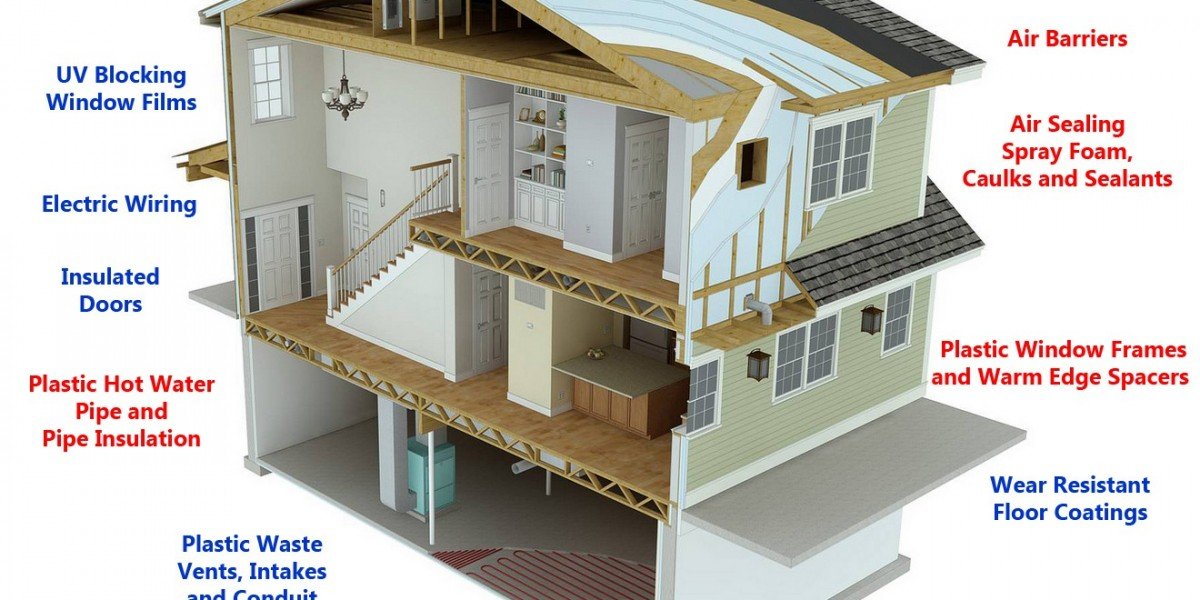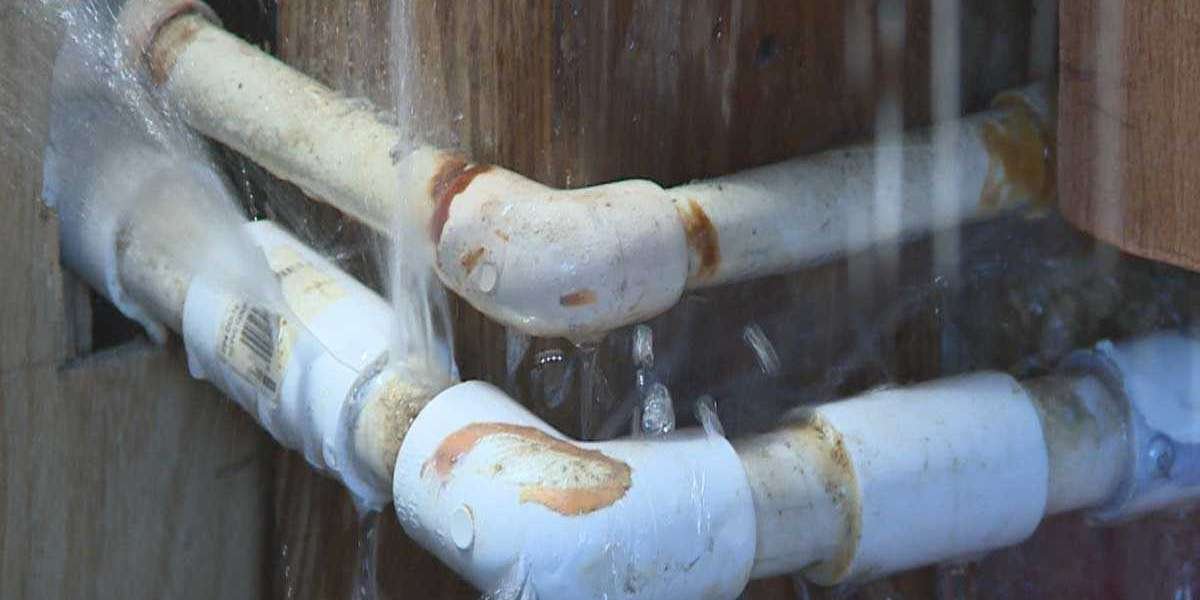The Building envelope provided by building envelope company Vancouver acts as a barrier between interior and exterior environment enclosing a structure. It consists of a collection of systems and elements that safeguard the interior space against factors like rain, wind, temperature fluctuations, humidity, and UV radiation. The internal environment comprises of furniture, lighting, building material, machinery equipment, and HVAC system.
Components
- ROOF
- WALLS
- MASONRY WALLS
- THRU WALL FLASHING SYSTEM
- COPING CAP JOINTS
- MASONRY CONTROL JOINTS
- EXPANSION JOINTS
- EXTERIOR INSULATION AND FINISHING SYSTEM
- FENESTRATION SYSTEM
Water and Water Vapor Control
The main purpose of the roof is to resist water. Flat roofs are designed to resist standing water, and pitched roofs drain water. Pitched roofs are covered with a material beneath the roof covering as a second layer of defense. Roof construction may also be ventilated to remove moisture from leakage.
Walls do not get water exposure like roofs, but they still leak water.
Air Control
To ensure indoor air quality, condensation, and energy consumption, control of airflow is important. Air control includes the control of wind washing and convective loops. Air sealing can improve energy efficiency by minimizing the amount of energy needed to heat or cool the building. HVAC systems can ensure that building air intake is safe, adequate, and energy efficient.
Thermal Envelope
This is a part of the building envelope, but in a different location. The insulated attic floor is a thermal control layer between the inside of the house and the exterior. It is constructed to protect the building from harsh environmental conditions and provide thermal comfort. A building envelope performs many functions such as-
Support:The strength and rigidity provide structural strength against internal and external loads and forces.
Control:It controls the exchange of air, water, and condensation between the interior and exterior of the building.
Finish:It is important that the building looks attractive still performing support and control functions
Understanding the importance of these components and functions is important for maintaining a comfortable and efficient building environment.








